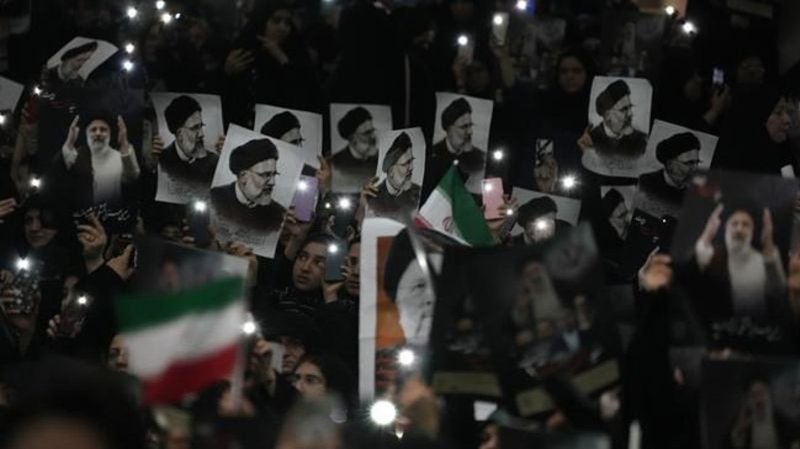
Iran’s supreme leader to preside over funeral for president and others killed in helicopter crash
DUBAI, United Arab Emirates (AP) — Iran’s supreme leader will preside over a funeral Wednesday for the country’s late president, foreign minister and others killed in a helicopter crash.
Ayatollah Ali Khamenei will begin the service at Tehran University, the caskets of the dead draped in Iranian flags with their pictures on them. On the late President Ebrahim Raisi’s coffin sat a black turban — signifying his direct descendance from Islam’s Prophet Muhammad.
In attendance were top leaders of Iran’s paramilitary Revolutionary Guard, one of the country’s major centers. Also on hand was Ismail Haniyeh of Hamas, the militant group that Iran has armed and supported during the ongoing Israel-Hamas war raging in the Gaza Strip. Before the funeral, an emcee led the crowd in the chant: “Death to Israel!”
“I come in the name of the Palestinian people, in the name of the resistance factions of Gaza … to express our condolences,” Haniyeh told those gathered.


